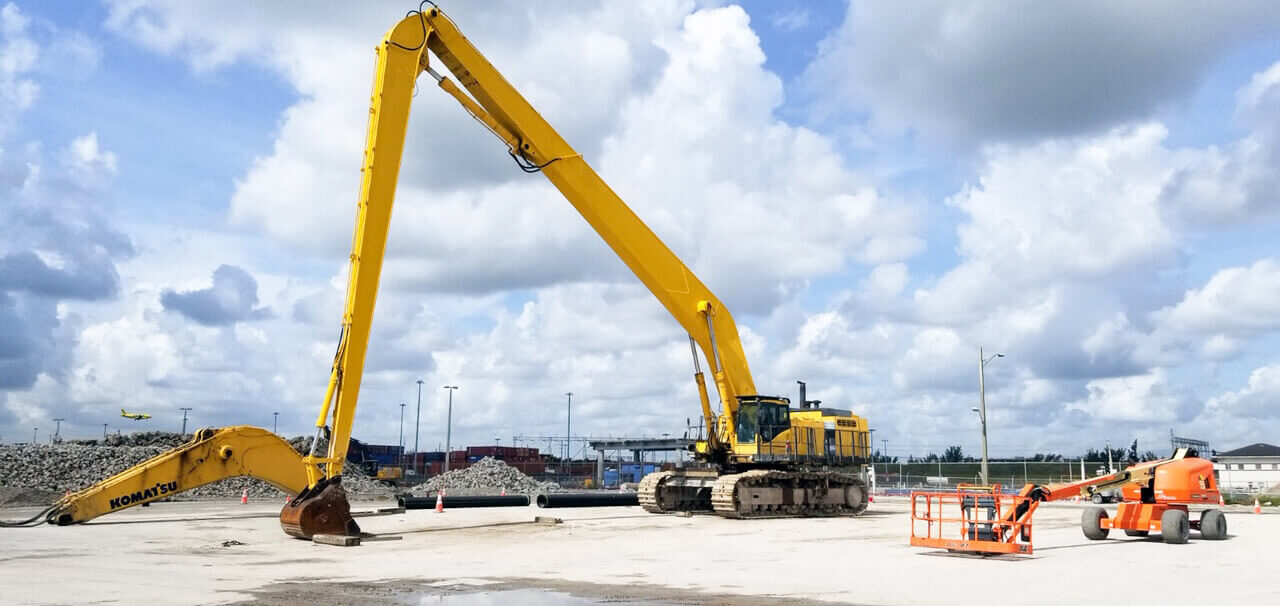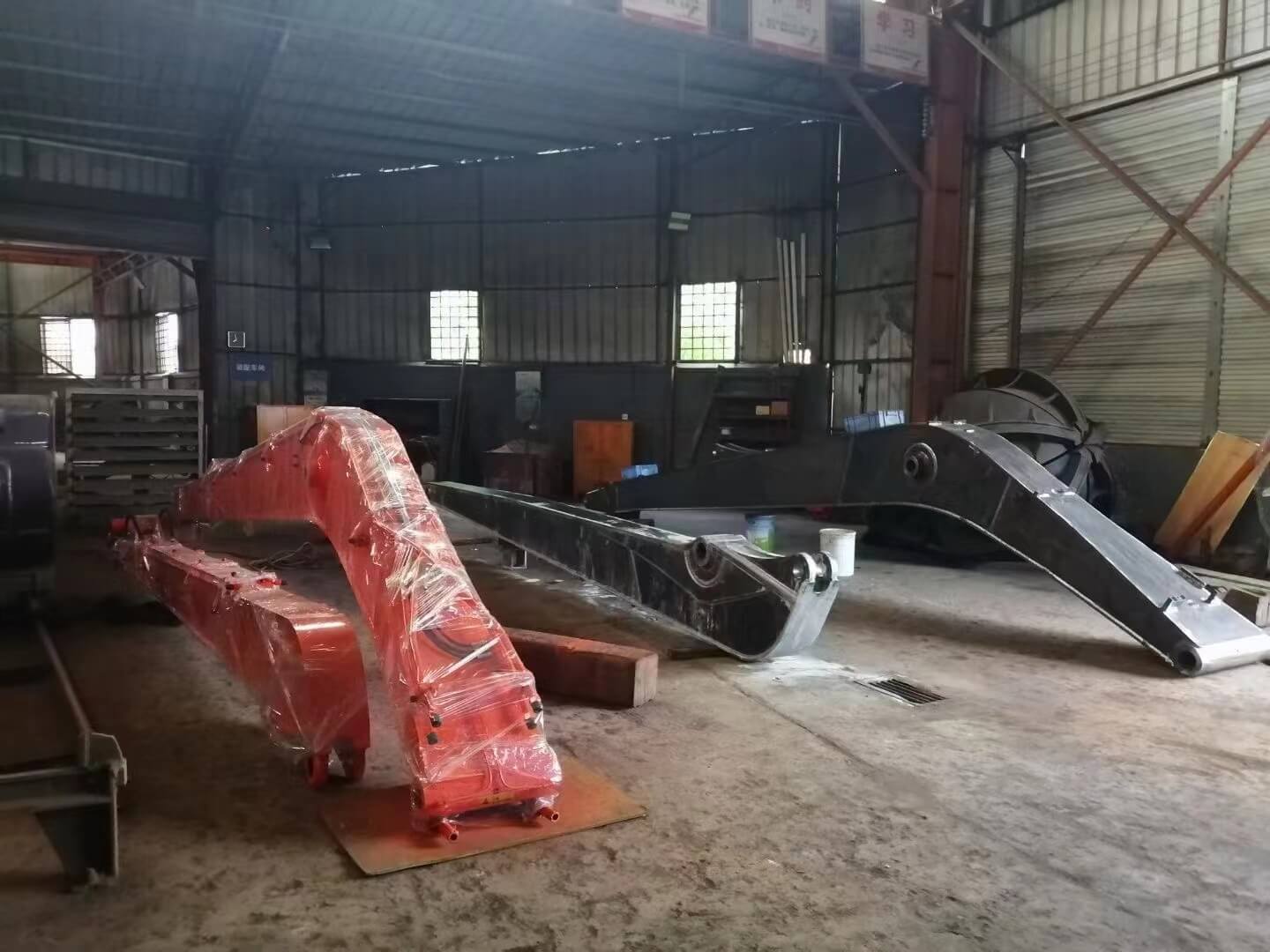 HuiTong
HuiTong  2025-06-13
2025-06-13
Excavators are versatile machines that play a vital role in construction, mining, and other heavy-duty operations. These machines come in different types and configurations to suit specific requirements. One key differentiating factor is the type of boom used, which significantly impacts the excavator's reach, digging capabilities, and overall performance. In this article, we will explore the contrasts between excavator long reach boom and standard booms across different types of excavators.

The standard boom is the most common type found in excavators, designed for general-purpose digging and lifting tasks. It offers a balanced combination of reach, digging force, and lifting capacity. Standard booms have a shorter length compared to long reach booms, making them suitable for applications where a moderate reach is sufficient.
a. Applications: Standard booms excel in tasks such as trenching, foundation work, loading and unloading materials, and general construction projects. Their compact design allows them to maneuver easily in confined spaces, making them ideal for urban environments.
b. Digging Performance: Standard booms provide excellent digging force close to the machine's base, enabling efficient excavation in dense materials. They are particularly effective for tasks that require short to medium reach, where the bucket is closer to the machine's center of gravity.
c. Lifting Capacity: Due to their shorter length and robust design, standard booms have greater lifting capacities compared to long reach booms. This makes them suitable for heavy lifting operations, such as moving large rocks or lifting heavy construction materials.

Long reach booms are specialized attachments that extend the excavator's reach, allowing it to access areas that are challenging to reach with a standard boom. These booms feature an extended arm and boom length, which significantly increases the machine's working range.
a. Applications: Long reach booms find their applications in various scenarios, such as dredging, river and canal maintenance, deep excavation, slope finishing, and demolition projects. They are particularly valuable when working on tasks that require extended reach and precision.
b. Extended Reach: The most notable advantage of long reach booms is their extended reach capability. With longer arm and boom lengths, excavators can access deep excavation sites, rivers, or lakes without having to reposition the machine frequently. This enhances efficiency and reduces downtime.
c. Reduced Digging Force: Due to the increased length, long reach booms experience a reduction in digging force compared to standard booms. As a result, they are more suitable for lighter materials or tasks that prioritize reach over digging force.
d. Improved Precision: Long reach booms enable enhanced precision in tasks that require careful manipulation, such as demolition projects or working in sensitive environments. The increased reach allows operators to maintain a safer distance while maintaining accuracy.
a. Crawler Excavators: Crawler excavators are highly versatile machines that can be equipped with either long reach or standard booms, depending on the intended application. The long reach variant is often used in situations requiring extended reach, such as deep excavation or coastal projects, while the standard boom configuration is suitable for general-purpose tasks.
b. Wheeled Excavators: Wheeled excavators are typically equipped with standard booms to provide a balance between mobility and digging capabilities. Their ability to move quickly between job sites makes them ideal for road construction and urban projects where maneuverability is crucial.
c. Mini Excavators: Mini excavators are compact machines that are generally equipped with standard booms due to their small size and limited lifting capacities. They are commonly used for landscaping, utility installation, and small-scale construction projects.
Excavators equipped with long reach booms and standard booms each offer unique advantages suited for specific applications. The choice between the two depends on the requirements of the project, such as reach, digging force, and lifting capacity. Standard booms excel in general-purpose applications, providing a balanced combination of power and versatility, while long reach booms extend the excavator's reach, enabling it to access otherwise inaccessible areas. By understanding these differences, operators can select the appropriate boom configuration to optimize productivity and efficiency for their specific project needs.